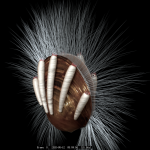
Incredible fossil find is the oldest known parasite
510 million-year-old rocks in China preserve brachiopods and their parasites.

510 million-year-old rocks in China preserve brachiopods and their parasites.
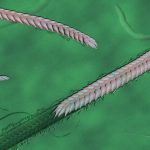
A segmented worm left tracks on the ocean floor when most animals were sedentary.
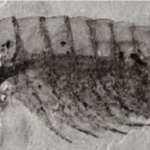
We're edging closer to understanding entire Cambrian ecologies.
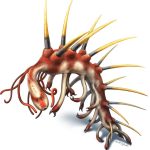
Hallucigenia had been a bizarre collection of headless parts until now.
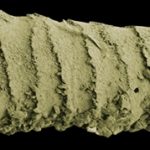
Even before the Cambrian, animals were building communities with their skeletons.
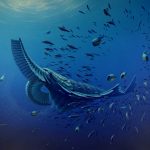
Like whale sharks, relatives of Anomalocaris evolved to filter feed.
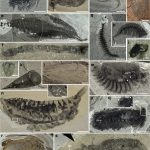
Near site of famous Burgess Shale fossils, more turn up.
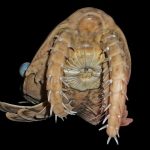
The mouth of this segmented invertebrate has been a puzzle for many researchers.
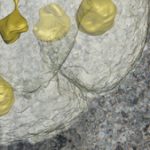
Tiny fossils that were once thought to be indications of the first animal life …
A Cambrian-era fossil bed from Utah yields the earliest evidence of jellyfish …
New microfossils from China push the known origin of crustaceans back to the …

510 million-year-old rocks in China preserve brachiopods and their parasites.

A segmented worm left tracks on the ocean floor when most animals were sedentary.

We're edging closer to understanding entire Cambrian ecologies.

Hallucigenia had been a bizarre collection of headless parts until now.

Even before the Cambrian, animals were building communities with their skeletons.

Like whale sharks, relatives of Anomalocaris evolved to filter feed.

Near site of famous Burgess Shale fossils, more turn up.

The mouth of this segmented invertebrate has been a puzzle for many researchers.

Tiny fossils that were once thought to be indications of the first animal life …
A Cambrian-era fossil bed from Utah yields the earliest evidence of jellyfish …
New microfossils from China push the known origin of crustaceans back to the …

510 million-year-old rocks in China preserve brachiopods and their parasites.

A segmented worm left tracks on the ocean floor when most animals were sedentary.

We're edging closer to understanding entire Cambrian ecologies.

Hallucigenia had been a bizarre collection of headless parts until now.

Even before the Cambrian, animals were building communities with their skeletons.

Like whale sharks, relatives of Anomalocaris evolved to filter feed.

Near site of famous Burgess Shale fossils, more turn up.